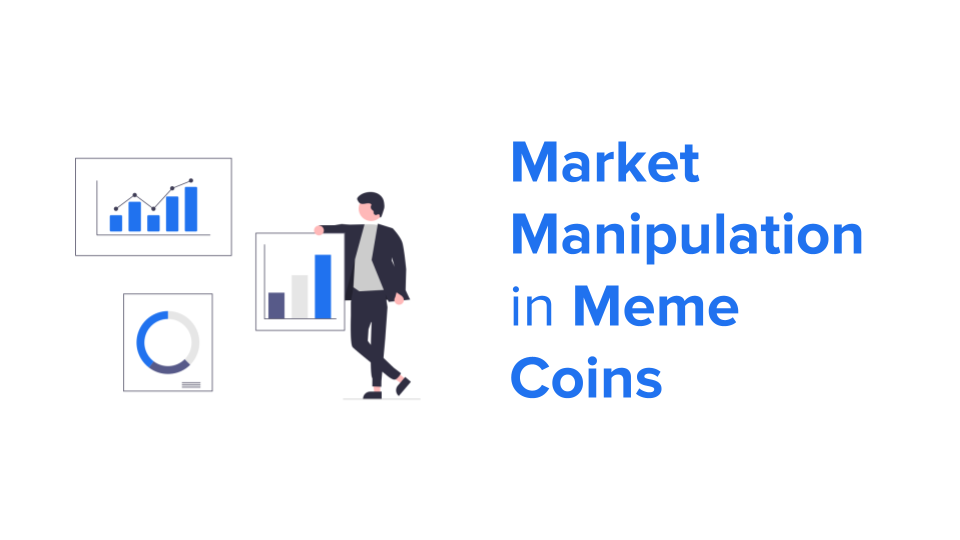Meme Coins are everywhere, from the barrier-busting Dogecoin (DOGE) to the new crypto on the block, Shiba Inu (SHIB). The Doge meme inspired Dogecoin, to poke fun at cryptocurrency. Today it has grown to a serious investment that is currently trading at over ₹21. Shib was created to poke fun at Doge and has now overtaken it. This joke-on-a-joke-on-a-joke has so many layers, it could put a lachha paratha to shame. So we thought we would explore the concept of joke currencies and factors that affect the meme coin market.
Meme Coin 101
In an age of ever-shortening attention spans, memes are a succinct way of condensing opinions, often humorously, into a single visual image. Over the past few years, memes have evolved to become part commentary and part art. It’s only natural that a phenomenon like cryptocurrency would attract meme-makers. It wasn’t long before it went a step further with memecurrency. A meme coin is a theme-based cryptocurrency that is often created as a joke rather than a serious product.
Essentially, meme coins are collectibles that are bought for a pittance. It has little purpose apart from a good laugh and essentially harmless fun. Just as tourists carry back fridge magnets and memorabilia from vacations. Collectors acquire meme tokens and joke coins to create a portfolio that maps their interests and the sub-cultures they are a part of.
Buying Into Pop Culture
Netflix premiered a Korean show, Squid Game, and within weeks, it had been streamed on 142 million accounts. On Oct. 20 a token based on this pop culture phenomenon debuted for $0.01236 and it sold out in 1 second. The creators had claimed that they will soon launch a pay-to-play game where the tokens will be used. Peaking at $2,861, it looked like it was destined for great things.
However, on 2nd November, things took a turn. 43,000 investors were left holding worthless coins as the project creators ran off off with $3.3 million. This move is known as a ‘rug pull scam’. This isn’t the first instance of a joke coin turning out to be a swindle. Earlier this year, Baby Yoda caught everyone’s attention when the Disney show ‘Mandalorian’ premiered. Fraudsters were quick to launch a crypto called ‘Mando’. Fortunately, Disney hastily warned investors that it wasn’t associated with the coin.
Between Jan and July 2021, Ciphertrace Cryptocurrency Intelligence estimates that investors were conned out of around $113 Million, a majority of which were rug pull scams. Meme currencies started out as tokens that were harmless jokes that really weren’t intended to be investments. That is, until Elon Musk cracked his knuckles and tweeted Dogecoin into the stratosphere.
The Musk Effect
On 2nd April 2019, Elon Musk tweeted that Dogecoin might be one of his favourite cryptocurrencies. Overnight, the meme coin jumped from a price of $0.00241 to $0.003640 by the 5th, a staggering 40% bump in a mere 3 days. In the wake of this, the Tesla CEO and avid crypto-fan dubbed himself the “Dogefather”. He has continued to tweet about his investments in Bitcoin, Ether and Dogecoin since then, resulting in gains and losses for these currencies. This has been dubbed “The Musk Effect”.
And then there is the flip side of the (Doge)coin. When Musk appeared on Saturday Night Live on 9th May this year, his disparaging jokes about his erstwhile darling sent Dogecoin’s prices tumbling 29.5%.
Manipulation
When a single tweet causes prices to skyrocket or fall precipitously, conditions are ripe for someone to exploit the market. The whispers about Elon Musk buffeting the prices of a coin he owns have turned ever louder. And the brickbats and bouquets he tosses at his meme coin have palpable real-world implications for the rest of us.
Crypto enthusiasts have banded together under the “Stop Elon Musk” banner to shift his focus from toying with memecoins to building cars, even going as far as launching their own crypto, $STOPELON.
But he isn’t the only one indulging in this sort of market manipulation. As crypto becomes ever more popular and mainstream, we will see more celebrities and influencers with purely selfish motives endorsing cryptos, especially those meme coins that bolster their own brand. That isn’t a problem per se, but if those coins don’t create intrinsic value, will they continue to grow?
It’s all fun and games till the music stops and someone is left holding worthless coins.
The Meme Coin Bubble
Speculators who get into meme coins in the hopes of seeing their investment rise are essentially gambling on the continuing popularity of the meme coin. As it gains popularity and prices rise, investors who buy at ever higher prices are betting on its continued popularity. People have made fortunes when their joke coins rose. But those who jumped onto the bandwagon just before it crashed have lost fortunes too.
Everybody loves a good joke. But when it comes to meme coins, are investors becoming the punchline?

